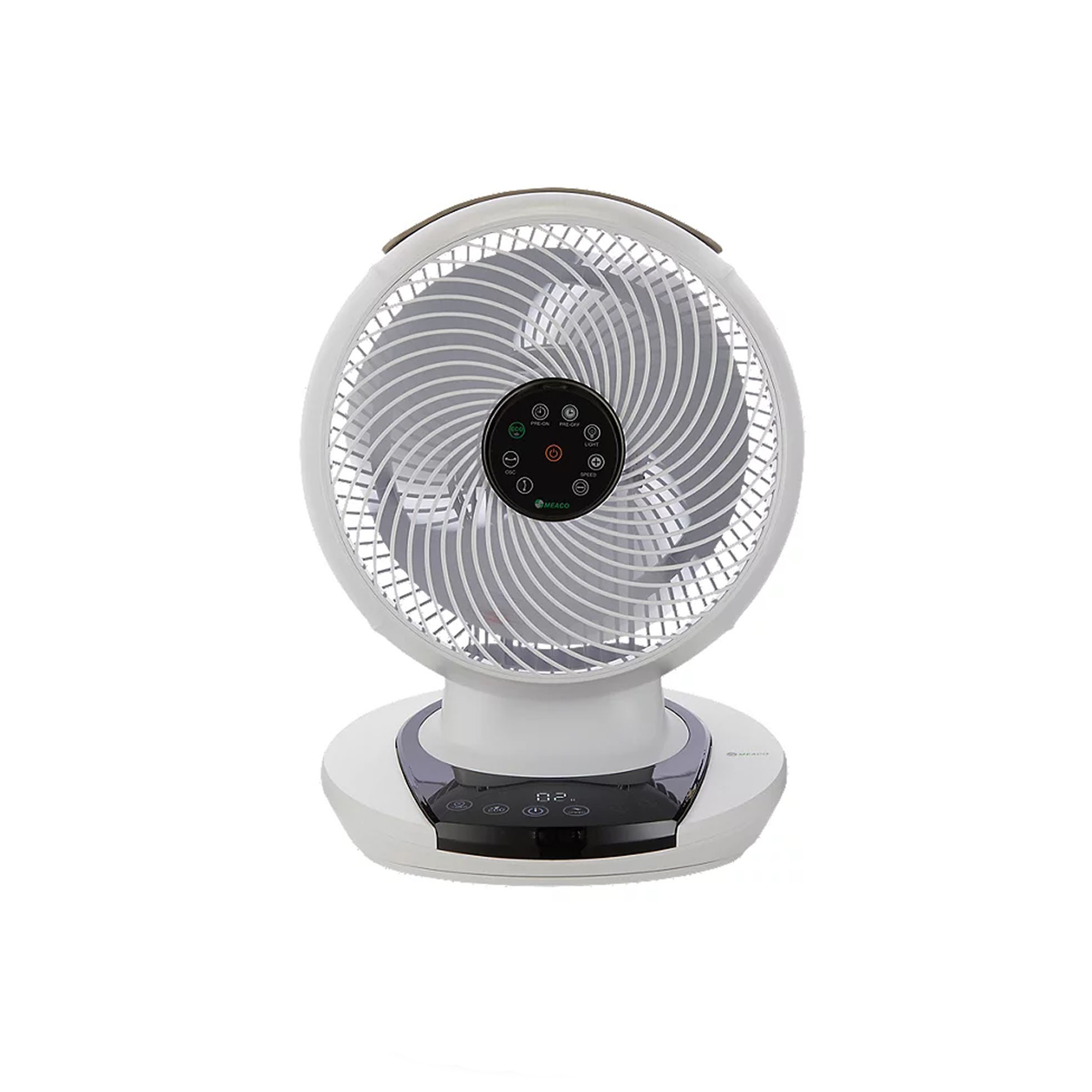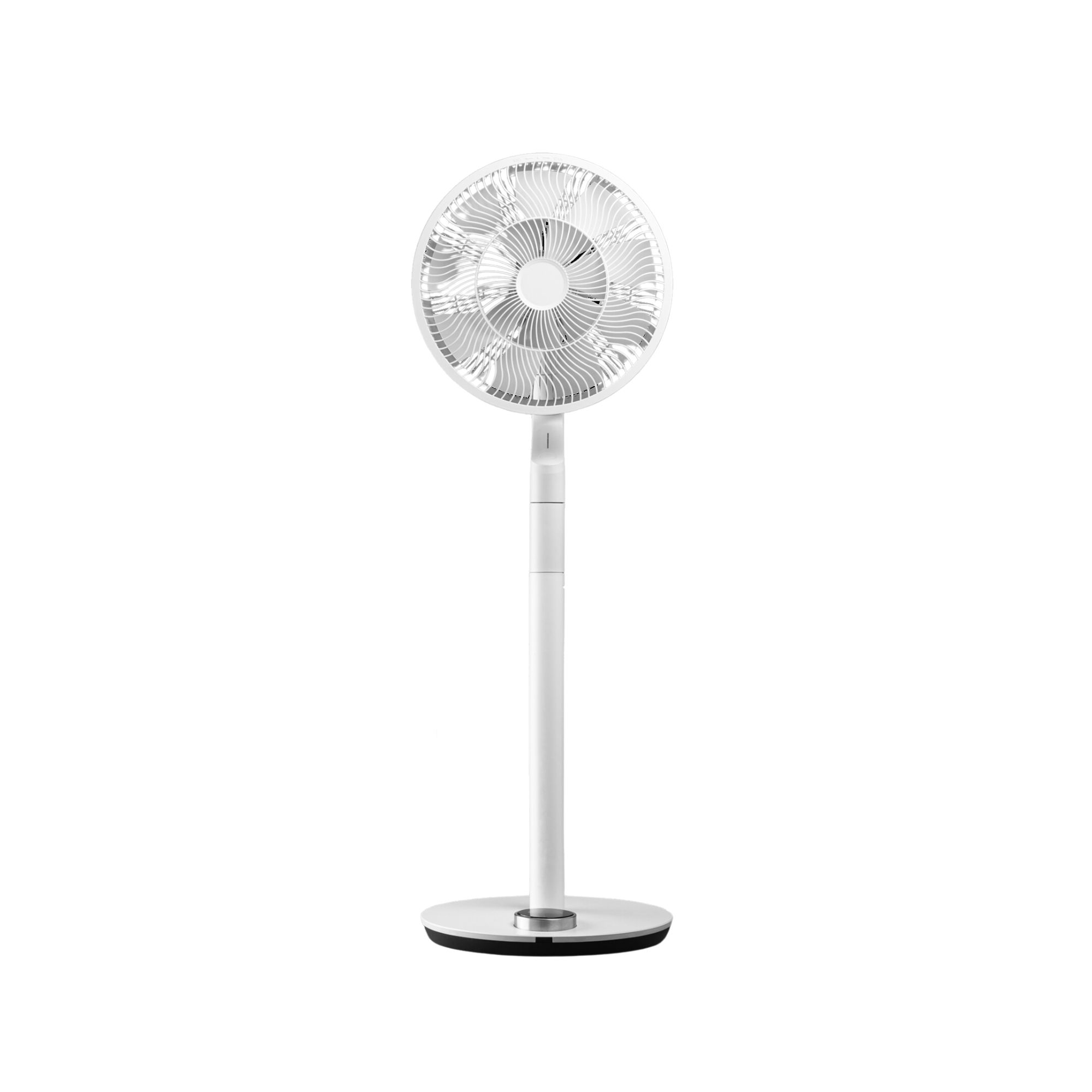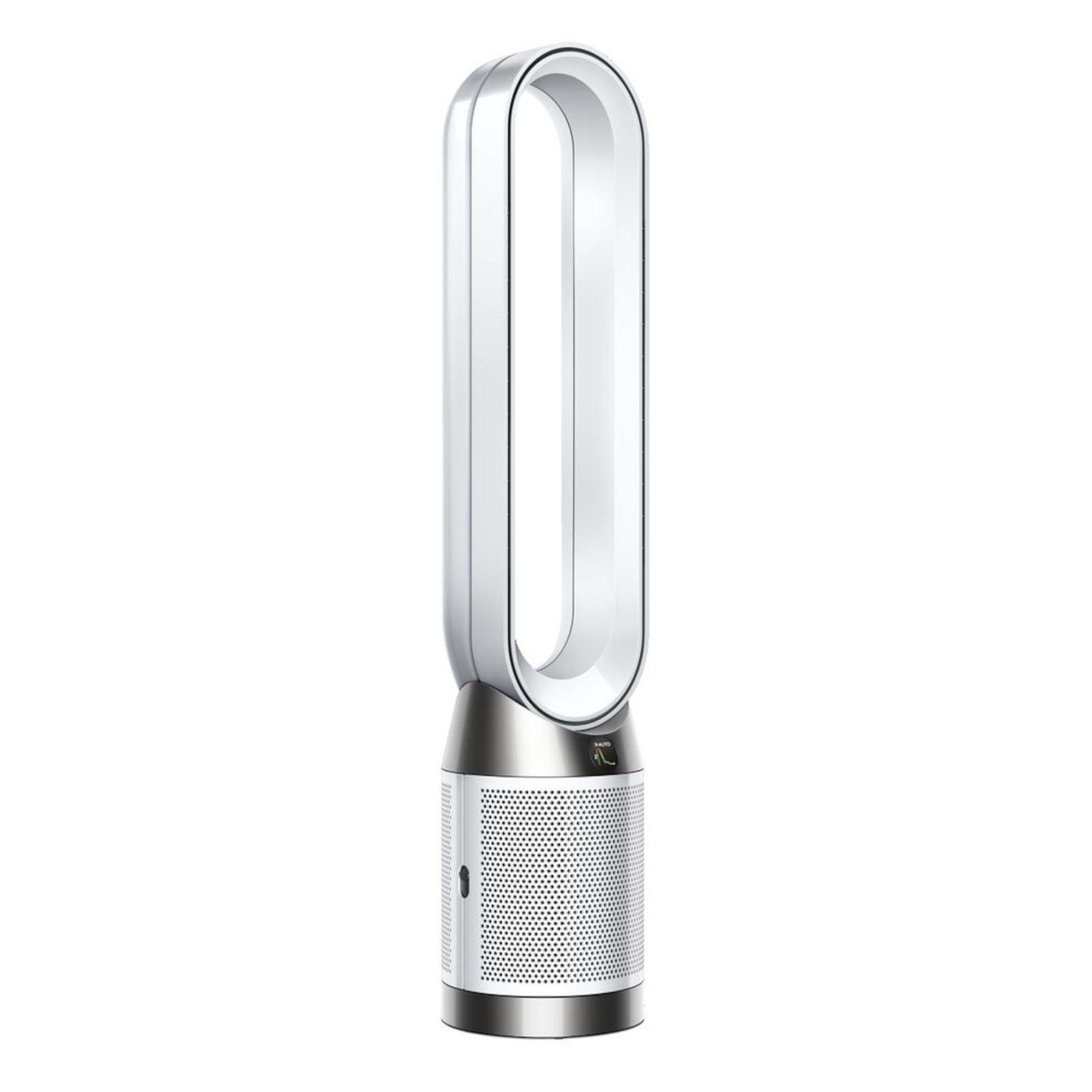6 common fan mistakes that are making you feel hotter — and how to avoid them, according to experts
Make your fan work smarter, not harder
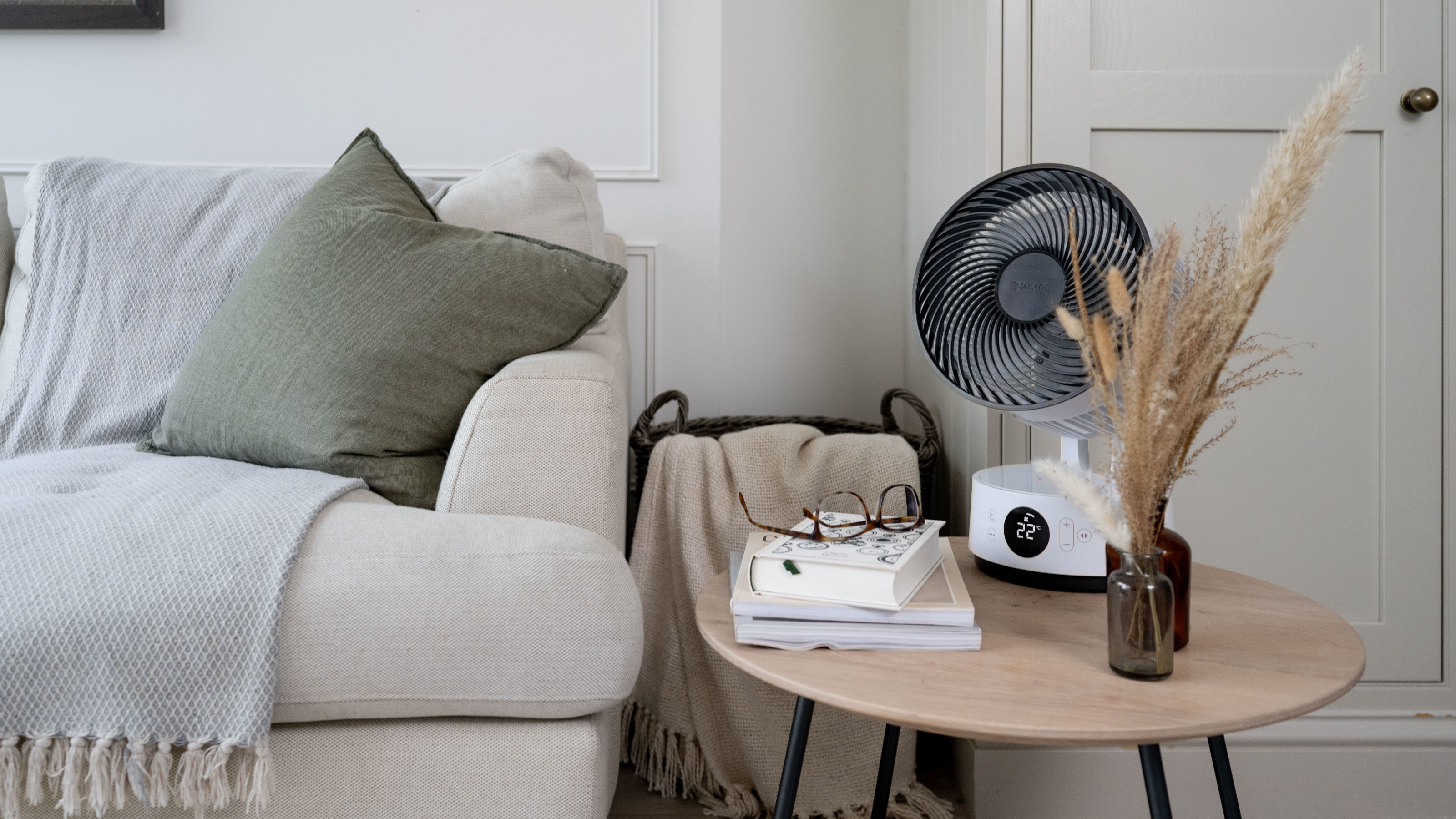

When temperatures soar, it's natural to reach for a fan in a bid to get some instant relief. But what you might not realise is that you could be making some simple fan mistakes that reduce its effectiveness, and leave you feeling hotter.
From poor placement to choosing the wrong type of fan for your space, even the best fans, including high-performing desk fans and bladeless models, will fall short if you're using them incorrectly. And let's face it, during a heatwave, that's the last thing you need.
The good news is that most of these slip-ups are easy to fix. I've spoken to those in the know to uncover the biggest fan mistakes – and the simple tweaks that can help you stay cool and comfortable all summer.
1. Putting it in the wrong spot
One of the most common fan mistakes is putting it in the wrong spot. In fact, many households place their fan in the middle of the room and hope for the best, says Matt Ladell, brand manager for Duux. And while this may seem logical, it actually does very little to move air efficiently, especially when temperatures start rising.
'For maximum cooling, position your fan near a window to help pull in cooler air from outside, or face it outwards in the evening to push hot air out,' advises Matt. 'In rooms with poor ventilation, placing the fan in a doorway can help move air between spaces.'
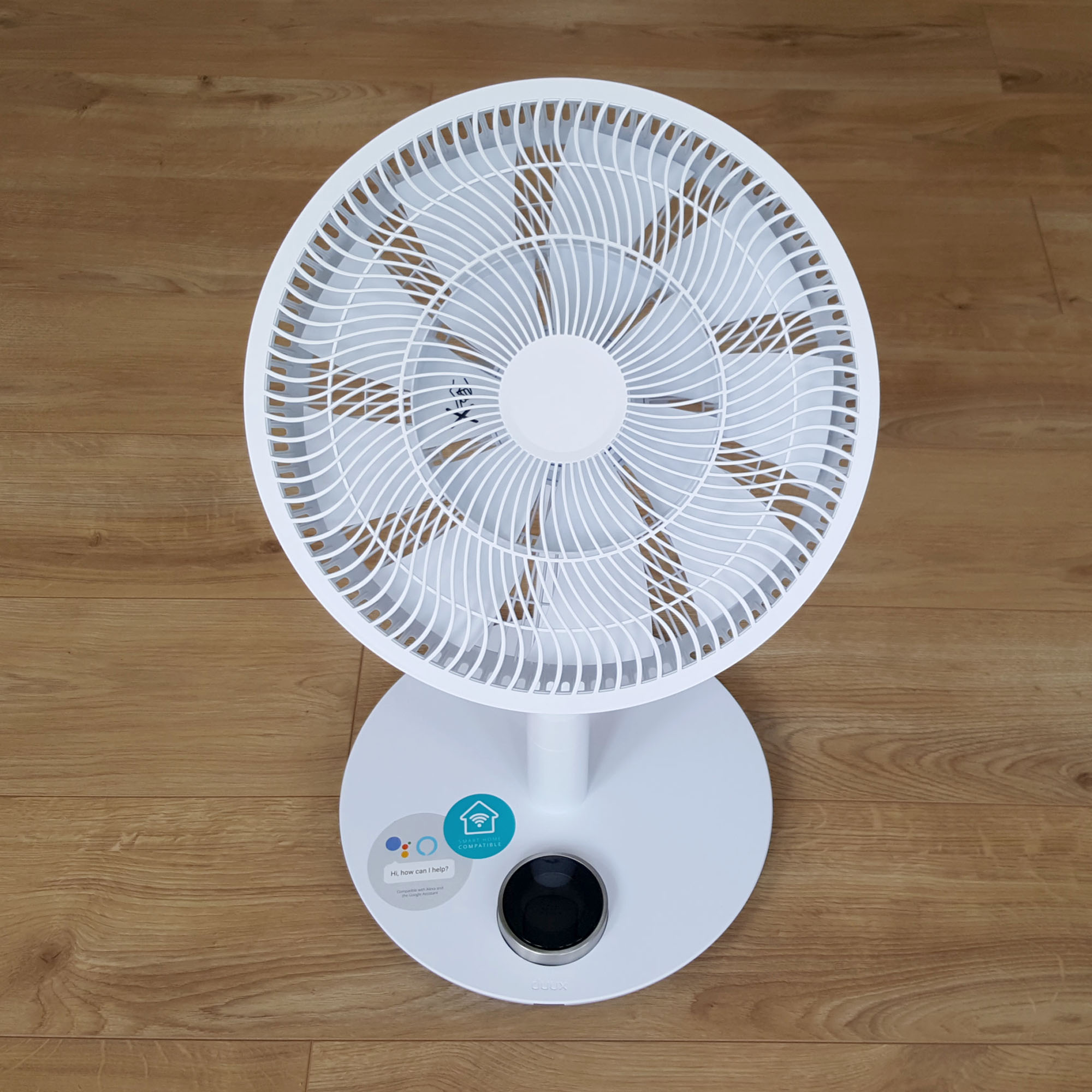
Positioning your fan in the corner of the room can also help, as it means the air can be projected diagonally across the room, explains Shawn Navarednam, environmental care design engineer at Dyson.
For circulation and cooling purposes, fans should point towards you or the inside of the room, recommends Shawn. 'Additionally, cooler air is denser and accumulates at the bottom of the room, so keeping your fan near the ground to sweep the cold air up will help.' And if you want to keep your bedroom cool, he says, 'Position the fan next to your bed pointing towards you so it provides a cooling effect.'
Sign up to our newsletter for style inspiration, real homes, project and garden advice and shopping know-how
2. Not cleaning it properly
It's probably not high up on your cleaning to-do list, but neglecting to clean your fan can seriously affect how well it performs. Over time, dust naturally builds up on the blades and grill, creating restrictions with airflow that lead to other issues.
'It’s easy to not clean your fan,' says Katie from AO.com. 'But dust collects on its blades and grills, which can restrict airflow and make your fan noisier and could even spread allergens around your home.'
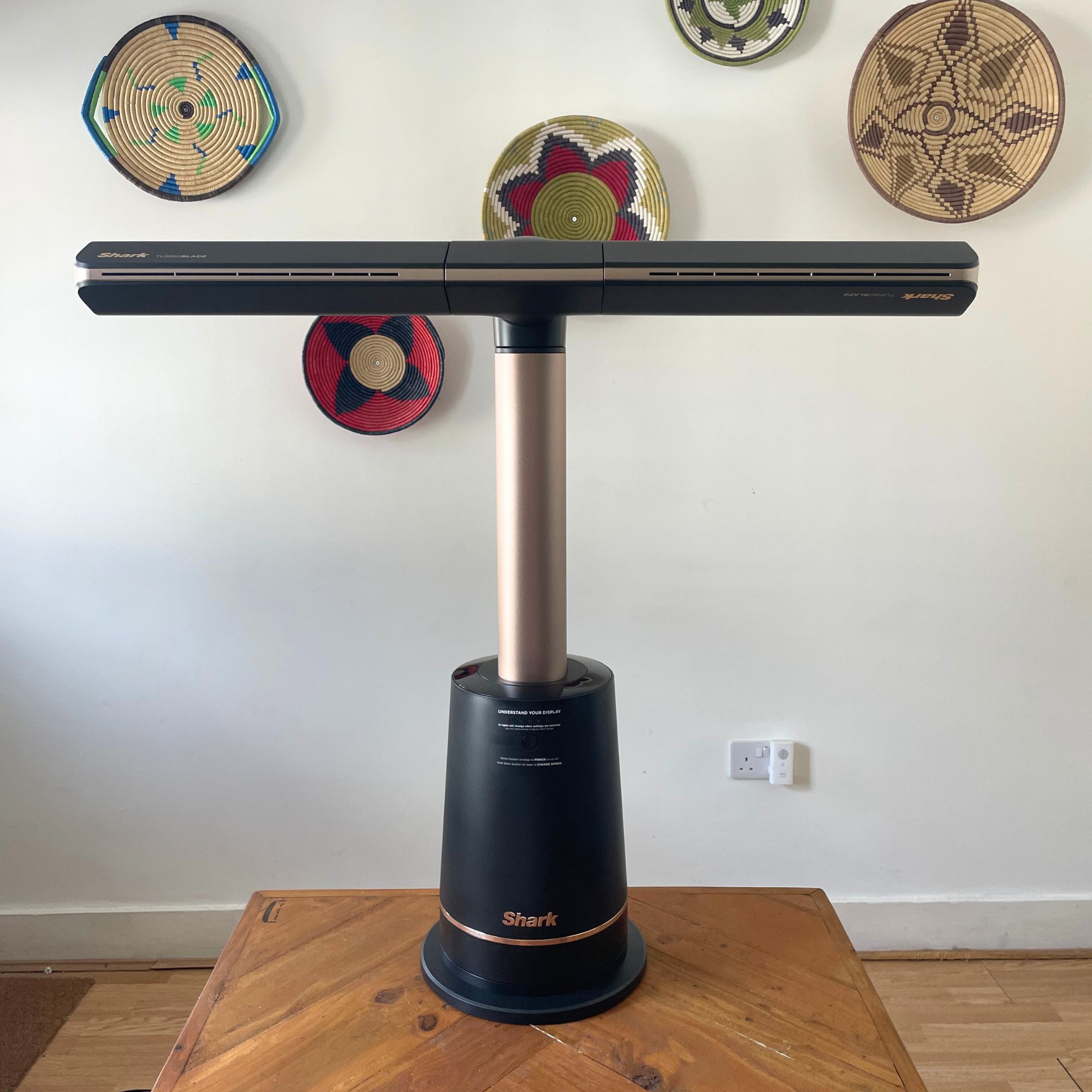
Not only that, but it can affect its longevity if you don't keep on top of cleaning your fan. 'Dust build-up isn’t just unhygienic – it can block airflow, make the fan noisier, and even shorten its lifespan,' Matt from Duux warns.
The good news is that cleaning it is pretty straightforward, and you'll just need a cloth like these SEEP Eco All Purpose Bamboo Cloths, £9.50 at Amazon. Then, Matt says, 'Wipe the blades, grill and motor housing every couple of weeks. And for a deeper clean, always follow the manufacturer’s instructions.'
3. Using the wrong fan type
Not all fans are built for the same job – and picking the wrong type of fan for your space is another common fan mistake that can affect your comfort. From tower or pedestal fans to bladeless and compact desk models, there's so much choice so it's easy to assume they're all more or less the same.
That's not the case, though, as Katie explains. 'If you’re trying to use a weak desk fan to cool down an entire room, then you’ll always be facing an uphill battle.'
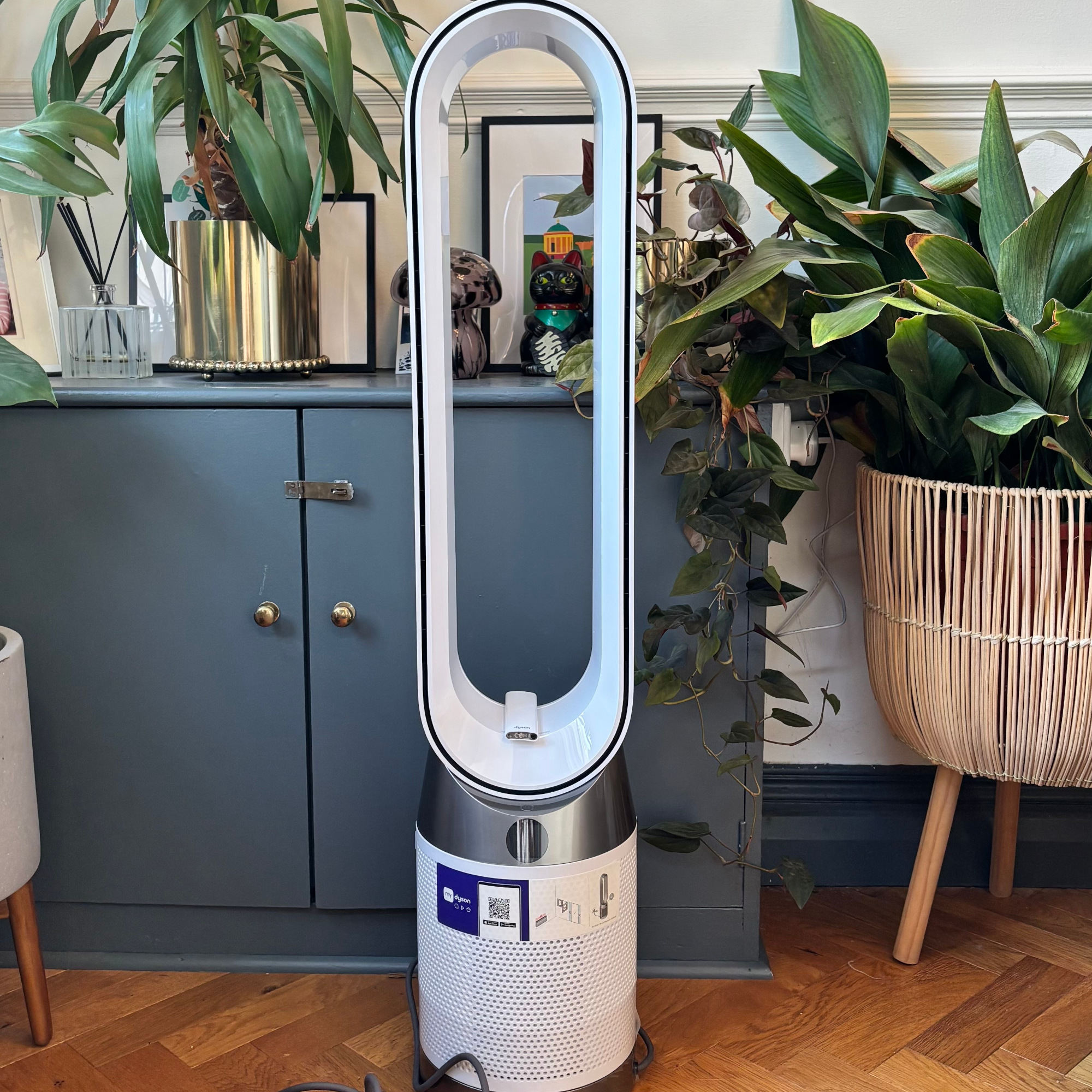
Smaller fans simply aren’t designed to circulate enough air in larger spaces, meaning they'll struggle to make much difference, especially during a heatwave.
'As a rule of thumb, use a pedestal fan for your bedroom or living room and leave the desk for personal cooling only,' Katie says. Then, it's worth understanding the bladed vs bladeless fan debate to figure out which one suits you home, too.
4. Leaving it running all day
It might not seem like a big deal, but leaving a fan running around the clock isn't as efficient – or effective – as you might think. Not to mention that it will severely impact how much it costs to run a fan.
'Fans cool people, not spaces,' Katie points out. In other words, if you're not in the room to feel the benefit, your fan is just spinning pointlessly and using energy without offering any benefit.
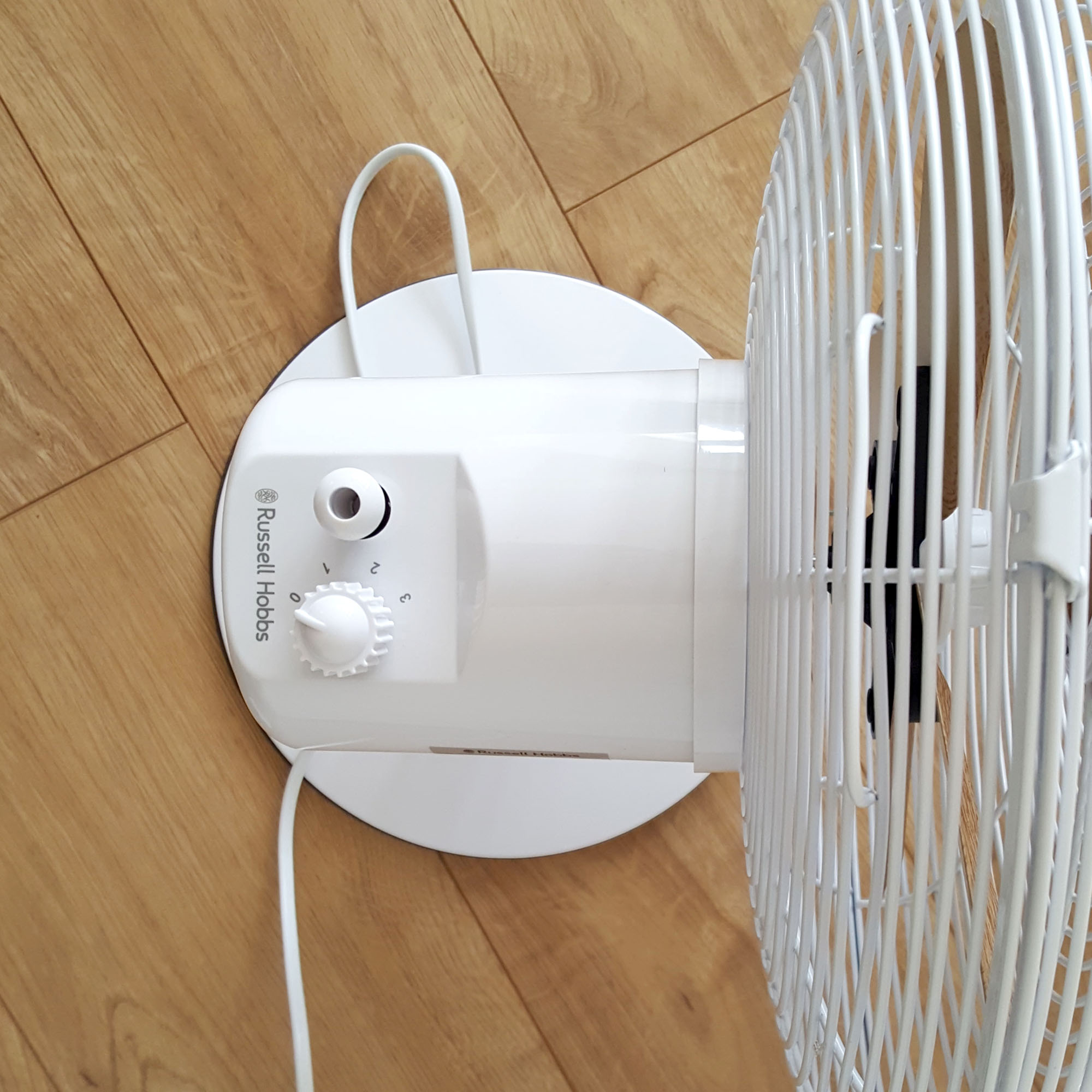
Beyond wasting energy, leaving a fan running all day can wear the motor out faster and shorten its lifespan. So it's always a better idea to turn off your fan when you leave the room.
'To get the most out of your fan, choose one with smart functionality, such as a timer function, app or smart connectivity, which means that you can operate your fan remotely or programme it to switch off,' advises Matt from Duux.
5. Ignoring airflow
A common misconception is that fans cool the air, when in reality, they just move it. Without a source of fresh air – such as an open window or door – the fan will simply circulate the same warm air around, offering little relief.
Keeping a window or door open will ensure sufficient airflow throughout the room, making the fan more effective.

It's also worth managing the heat before it enters your home. 'Closing the curtains or blinds can support in keeping your home cool.' says Shawn from Dyson.
'Letting in the sunlight on a bright day might seem the natural thing to do but this can create a greenhouse effect. So keep the windows, curtains or blinds closed during the day to minimise the amount of sunlight coming in.'
6. Not making use of its features
Modern fans are smarter than ever and come with built-in features designed to make things easier when it comes to cooling down. 'Lots of fans today come with clever features like night modes, multiple speed settings, oscillation and app control – but many people just turn them on and leave them on high,' says Katie.
It's worth spending time exploring the settings to get the most out of your fan – such as whether you want it oscillating or still – especially if you want to use it to help you get a better night's rest.
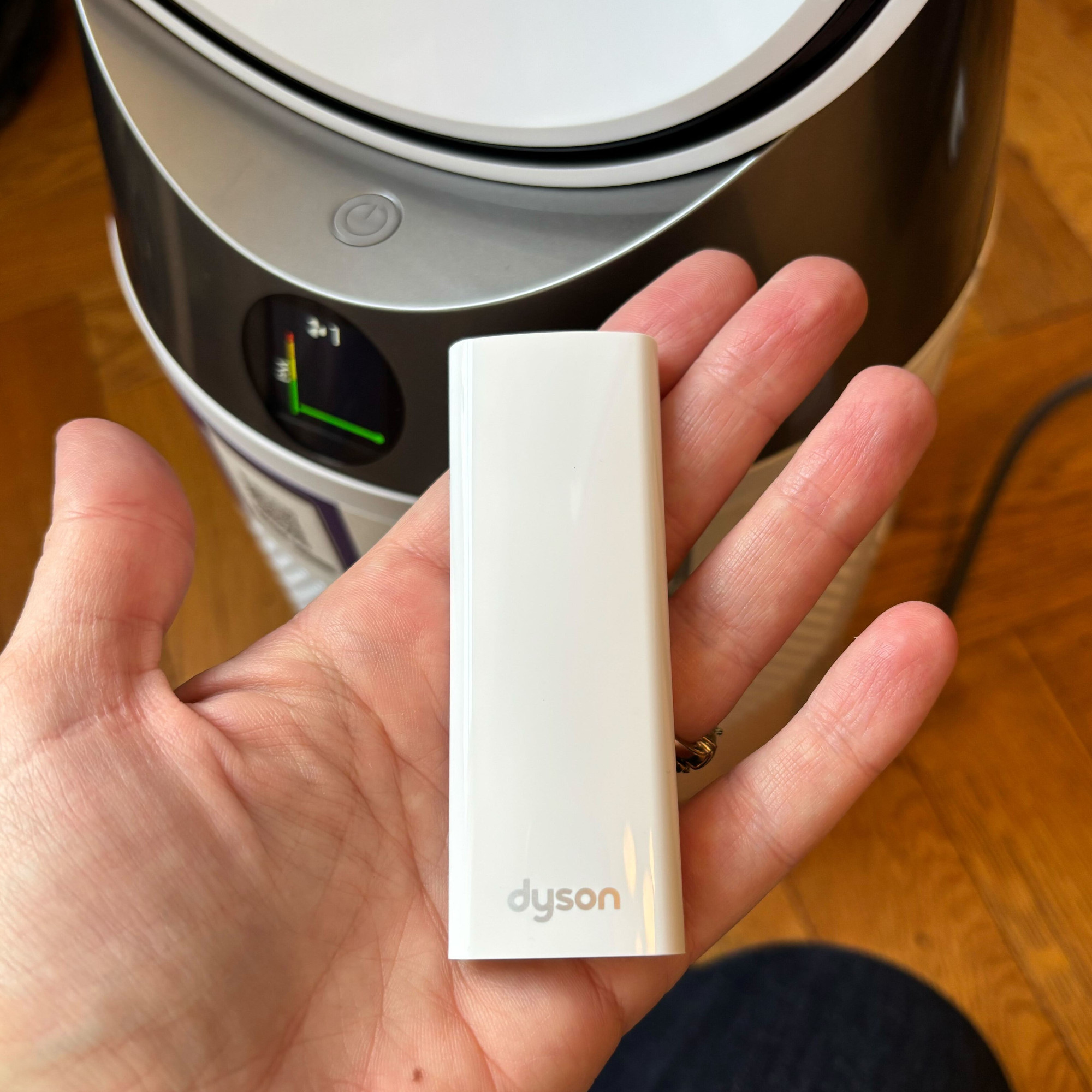
If you want to use a fan at night, it's also worth taking a look at the noise levels of these appliances, as they could keep you up with their whirring if you're not careful.
For those who are particularly light sleepers, opting for a fan that has a 'Sleep' mode or even a remote control so you can control it from your bed will be a serious advantage.
Shop our top-rated fans
FAQs
Why is my fan blowing backwards?
Fans aren't designed to blow air backwards. If it feels that way, it’s usually because the fan is facing the wrong direction. Make sure the front grill is pointing towards you.
If your fan has started to blow air backwards, then this is usually down to a switch that changes the blade rotation direction, explains Katie from AO.com.
'You might have already found this or simply have caught it unawares, but in summer you’ll want your fan to spin anticlockwise to push the air down for the best cooling available,' she says.
Why can't I feel air from my fan?
There could be a few simple reasons why you can't feel air from your fan.
'Check the speed setting,' says Chris Michael, chair of Meaco . 'Low or silent modes produce a softer airflow. Also, check that the fan isn’t too close to a wall or obstructed. If airflow still feels weak, the fan may not be powerful enough for the size of the room.'
It could also be due to dust or dirt on your fan blades – which can really reduce your fan’s airflow. So, if you can keep on top of cleaning your fan.
Avoiding these common fan mistakes can make a big difference when it comes to keeping you cool and comfortable, especially during a heatwave. So, are you getting the most out of your fan?

